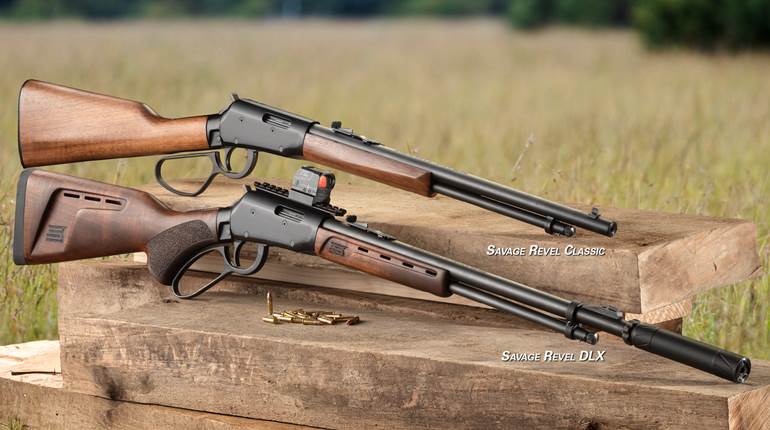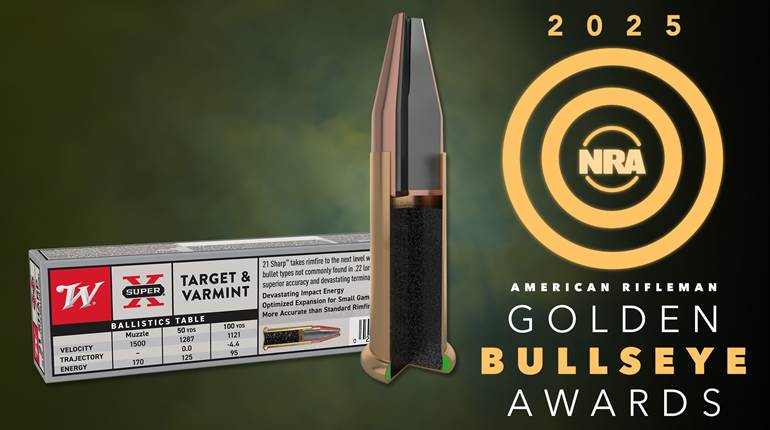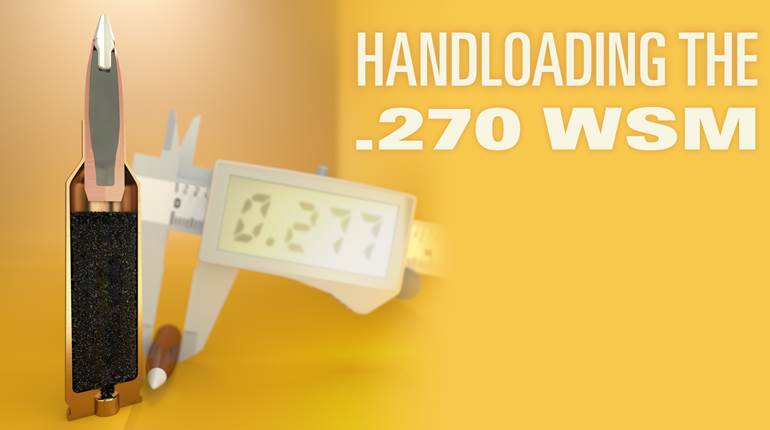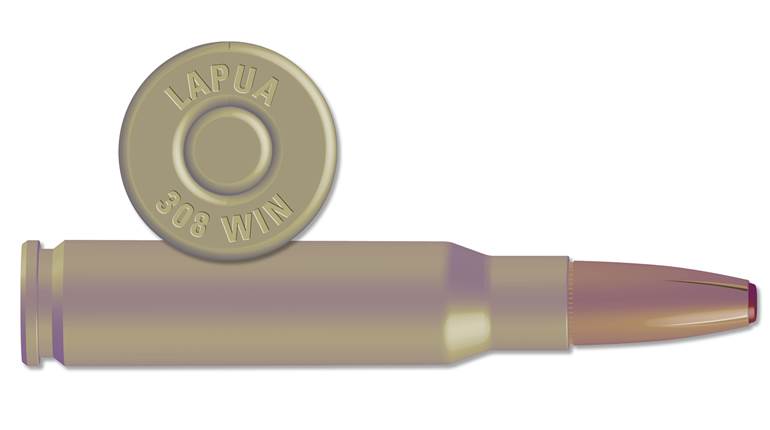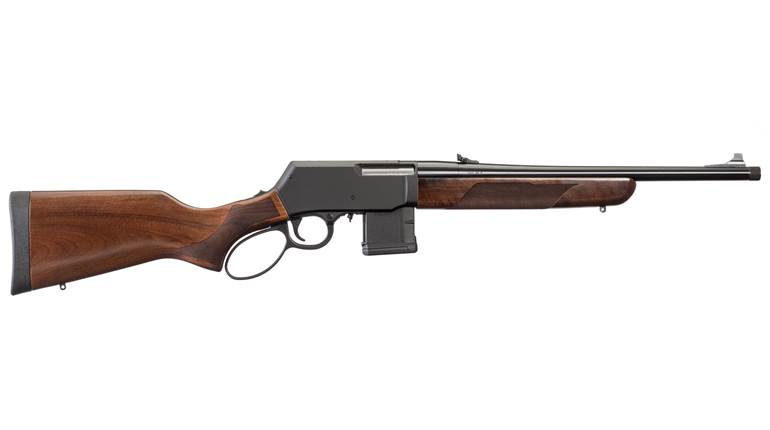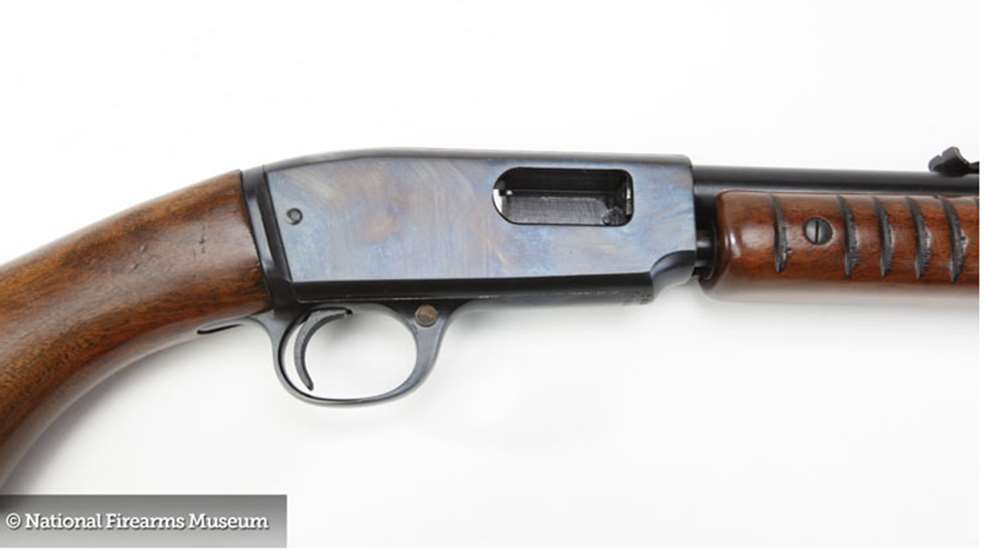
Ever since 1890 when Winchester brought out a slide-action rifle with that year’s model number, it pretty much ruled the roost for rimfire repeaters, also known as gallery guns. This tubular-magazine rimfire was wildly popular not only in the plethora of shooting galleries that were across the U.S. but in the hands of young boys and men who loved to shoot and hunt small game. The Model 1890 was a John Browning design, of course, and the first successful repeating rimfire rifle. Sixteen years later an almost identical rifle sans the expensive-to-manufacture octagon barrel and crescent buttplate was introduced, the Model 1906. Both models continued to be produced until 1932, when they were replaced by a more modern Model 62.
These first three slide-action rimfires were top ejecting and featured exposed hammers. After 1892, the Model 1890 and the Models 1906 and 62 were made with takedown actions, meaning that removing a single screw allowed the owner to split the rifle into two major components for cleaning and transportation. At first the Models 1890 and 1906 were cartridge specific—the rifle would only hand .22 Short, .22 Long or .22 Winchester Rimfire, but not interchangeably. The advantage of having one rifle to handle both cartridges became apparent, especially with the advent of the .22 Long Rifle cartridge in the 1890 in 1919, and by 1908 cartridge interchangeability was introduced.
While Winchester may have ruled the rimfire roost, Remington and Marlin were not simply sitting on their hands. Remington had brought out its Model 12 slide action in 1909, and Marlin had its Model 32 on the market in 1915. Both of these rifles were labeled hammerless—in actuality the hammers were concealed within the streamlined receiver—and offered cleaner, more modern styling, as well as being more resistant to moisture and debris entering into the receiver.
By 1932 The Depression was in full bloom, and every manufacturer was rigorously competing for every smidgen of market share. Winchester didn’t care for its stodgy image with the Models 1890, 1906 and 62 rifles, so it brought out the Model 61 in answer to the racy Remington and Marlin rifles.
The Model 61 featured a streamlined, internal-hammer receiver combined with the ringtail-grooved fore-end. It featured a 24” round or octagon barrel with cartridge interchangeability—Short, Long and Long Rifle—and could also be ordered with the Routledge smoothbore barrel. The Routledge barrel had the forward 12 to 17 inches of the barrel opened up to about .375” to stop the spinning of .22 shot payloads, giving it sort of a jug-choke effect and lengthening the range that the tiny shotshells would be effective by a factor of about four. It was popular among exhibition shooters of the time. The Model 61 retained the popular under-barrel tubular magazine. Ejection is from the side, and the sights are the typical brass bead post front dovetailed into the barrel with an open rear and a stepped elevator in the rear.
Operation of the Model 61 is typical of slide-action rimfires; pulling the for-end rearward unlocks the bolt from a mortise in the receiver via a single action bar. The bolt is the free to move toward the rear, extracting and ejecting the fired case and cocking the internal hammer. A fresh cartridge is delivered to the lifter from the magazine. Pushing the fore-end forward and into battery reverses the action and feeds the cartridge into the chamber, and the bolt is cammed into its locking mortise via the action bar. A crossbolt-style safety is located on the right side at the front of the trigger guard. As part of its modernization the Model 61 has a bolt release located on the left side at the rear of the trigger guard. Previously on the Models 1890 and 1906, the only way to release the bolt was to push on the rear of the exposed firing pin—not the safest means.
There are three general versions of the Model 61: Pre-War; Standard and WMR. The Pre-War version featured a straight-grip walnut stock of plain grain, a steel shotgun-type buttplate and a grooved fore-end, smaller than subsequent versions. Standard (post-war) Model 61s have a larger, more hand-filling fore-end, and some were made with pistol-grip stocks. The WMR version was made for just three years and was chambered exclusively for the .22 WMR cartridge.
As with most vintage Winchesters, the Model 61 generates considerable interest from collectors. Shooter-grade 61s usually fetch somewhere in the $1,000 range, plus or minus, depending on condition. Rare versions like the Routledge smoothbores can lighten your wallet well into four figures. An NIB Model 61WMR, as pristine as the day it left the factory, set one collector back nine grand recently.
It isn’t that the Model 61 is so much more accurate than other rimfires, rather it is the old-school craftsmanship—a near perfect melding of walnut and blued steel—combined with the nostalgia of banging away at iron ducks in a shooting gallery or popping some tree squirrels for a country dinner that makes old guys with deep pockets cough up so much cash for a Model 61. Some unknown man—now long gone to his reward—spent his days carefully polishing the steel so that flat receivers were dead flat and round barrels were perfectly round and tapered, without a ripple anywhere. Perhaps he or maybe a co-worker spent a few hours carefully mating walnut with the steel, so that the joint was gapless and neither steel or walnut stood proud nor had a crossways scratch. It is that craftsmanship and work ethic that we still hold valuable.













